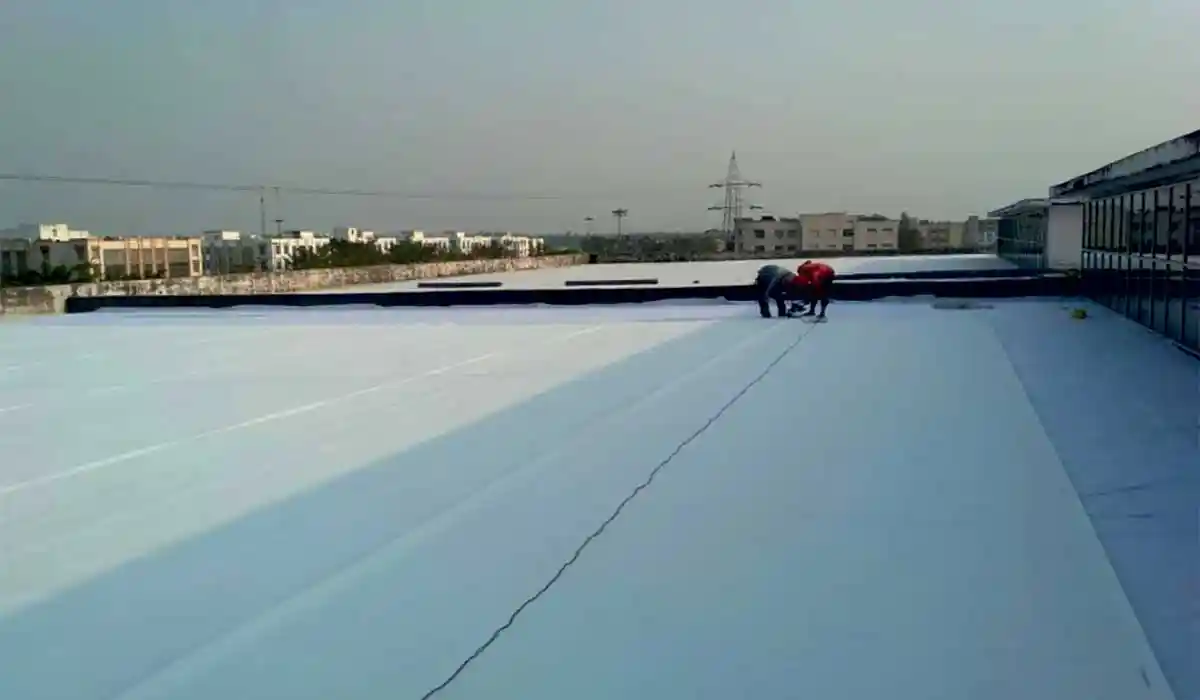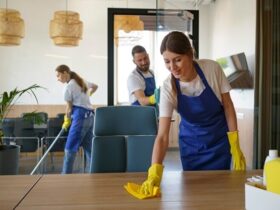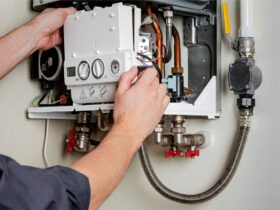A lot of people focus on their heating systems, windows, and insulation to keep their homes comfy and energy-efficient. The roof, on the other hand, is an important part that is often forgotten. Waterproofing the roof is a big part of making a building more energy efficient, and it does more than just stop leaks.
Putting special materials on the surface of your roof to stop water from getting in is called roof sealing. The steps in this process help stop leaks, mold growth, and damage to the structure. But sealing your roof does more than just keep water out. It’s also a key part of keeping your home at a comfortable temperature and saving you money on energy costs.
The Link Between Roof Waterproofing and Energy Efficiency
1. Temperature Regulation
A well-waterproofed roof can help regulate indoor temperatures by preventing the transfer of heat between your home and the external environment. When a roof is not properly sealed, heat can escape in the winter and enter during the summer. This means that more heating and cooling devices are needed, which means that more energy is used.
During the hot months, waterproofing materials like reflective coatings or barriers can make it much harder for heat to get through. Because these materials reflect sunshine, your home stays cooler, and you don’t have to use as much air conditioning. When it’s cold outside, a waterproofed roof keeps your home warm and cozy without putting too much stress on your heating system.
2. Reduced Energy Bills
By enhancing temperature regulation, roof waterproofing directly contributes to lower energy bills. When your HVAC systems operate efficiently, they consume less energy, translating to reduced monthly utility costs. When people waterproof their roofs, they often see big savings on their energy bills over time.
Also, the money you spend on sealing now can save you money in the long run. It might seem like an extra cost, but the money you’ll save by using less energy and avoiding future fixed costs makes it a smart financial move.
3. Extended Lifespan of Roofing Materials
Roof waterproofing not only protects your home from water damage but also extends the lifespan of roofing materials. When roofs are exposed to moisture without adequate waterproofing, they can deteriorate more quickly, leading to the need for premature replacement. The frequent replacement of roofing materials contributes to waste and increases the carbon footprint associated with manufacturing and transporting new materials.
By waterproofing your roof with the help of any Waterproofing contractors Singapore, you can extend its lifespan, which in turn reduces the environmental impact associated with roofing replacements. Longer-lasting roofs mean fewer resources are used over time, contributing to a more sustainable home.
4. Enhanced Indoor Air Quality
When moisture gets into your home, mold and mildew can grow, which can damage it and make the air inside less healthy. A lot of health problems, like breathing problems, allergies, and asthma, are linked to bad air quality.
Roof waterproofing keeps water from building up, which keeps your inner air clean and healthy and lowers the chance of mold growth. You can improve the health of your family and encourage a sustainable way of life by making your home better.
5. Environmentally Friendly Solutions
Many modern waterproofing solutions are designed with sustainability in mind. There are waterproofing solutions on the market that are better for the environment and leave less of a carbon footprint. These products often contain fewer volatile organic compounds (VOCs) and are made from recycled or sustainable materials.
By choosing environmentally friendly waterproofing options, homeowners can enhance energy efficiency while also promoting sustainability. This fits with the growing trend of using green building methods and lowering the damage to the environment.
6. Improved Roof Performance
A well-waterproofed roof performs better in extreme weather conditions, whether it’s heavy rain, snow, or intense heat. This performance translates into fewer energy losses, as the roof can effectively withstand the elements without compromising its integrity.
Waterproofing materials, such as elastomeric coatings or polyurethane foam, provide excellent insulation properties while also being flexible enough to accommodate temperature fluctuations. This adaptability enhances the roof’s performance and contributes to a more energy-efficient home.
Conclusion
Finally, sealing the roof is an important but often forgotten part of keeping a home energy-efficient. Waterproofing makes a big difference in how energy-efficient a building is by controlling indoor temperatures, lowering energy bills, stretching the life of roofing materials, and improving the quality of the air inside. Choosing eco-friendly waterproofing products is also in line with sustainable living practices and helps make the world healthier.
Putting insulation on your roof not only keeps water out of your home but also saves you money on energy costs and raises the value of your home over time. As more people learn about how important it is to be environmentally friendly and save energy, roof waterproofing will continue to be an important part of making homes that are comfortable, energy-efficient, and sustainable.
Not only are you investing in your home by making sure the roof is waterproof, but you are also helping to make the future of our world more stable.





